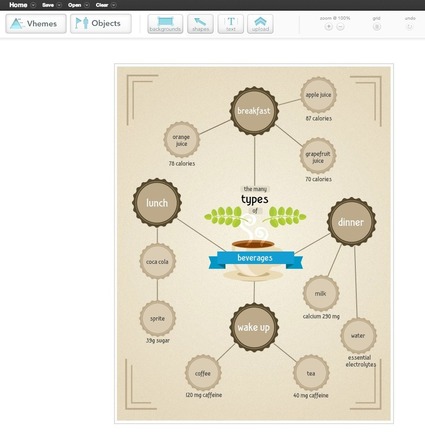Begin the process with a good idea. Infographics often answer questions, provide compelling data, or demystify a process. So brainstorm for topics that will intrigue your prospects and customers, because compelling infographics achieve tremendous reach when they're shared with colleagues and networks. Then..
Create a skeleton and flowchart. You have a topic—now create the visual map that outlines where your infographic is going and how it will get there. Think of this stage as your rough draft, something to refine and polish as you move toward a final draft.
Pick a color scheme. Understated elegance is wasted in most infographics. Choose an eye-friendly color scheme that pops off the screen. Think bold and bright.
Choose eye-catching graphics. Your audience wants the info, but they're naturally drawn to the graphic. So select visually appealing components that attract a reader's attention.
Research. An infographic might have playful tone, but its information must be solidly credible. Don't put a single piece of data into a chart, graph, or illustration unless it's supported by an authoritative source.
Provide facts and conclusions. But remember, people don't read infographics like they read whitepapers, so skip the complicated presentation of facts and figures. Instead, use simple charts and illustrations that enable readers to grasp your evidence and conclusions at a glance.
Edit, edit, edit. Your infographic tells a story, and like any story it benefits from a careful editing process. The end result should be a clear narrative that flows logically from beginning to end.
Read more: http://www.marketingprofs.com/short-articles/2677/seven-steps-for-creating-a-great-infographic#ixzz2BrU0HmVk

 Your new post is loading...
Your new post is loading...



![The What, Why & How of Infographic Creation [In an Infographic] | The MarTech Digest | Scoop.it](https://img.scoop.it/r5_JAq_aKiVoQHc7gmJzOPL6dadsvGA8m9WNoVsbzkY=)









